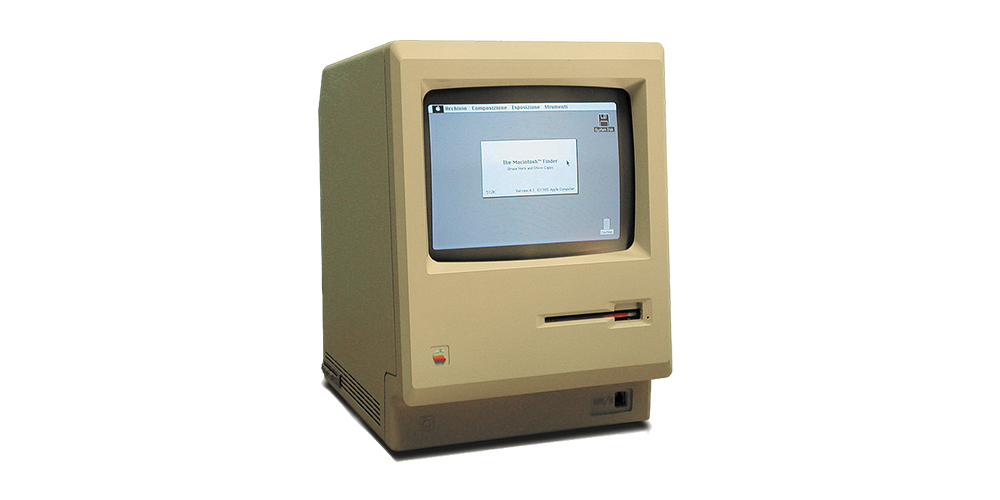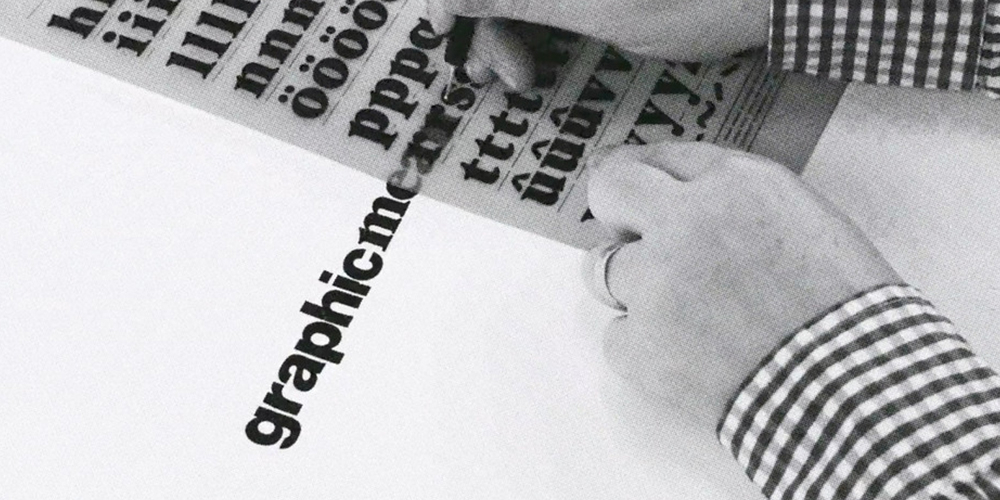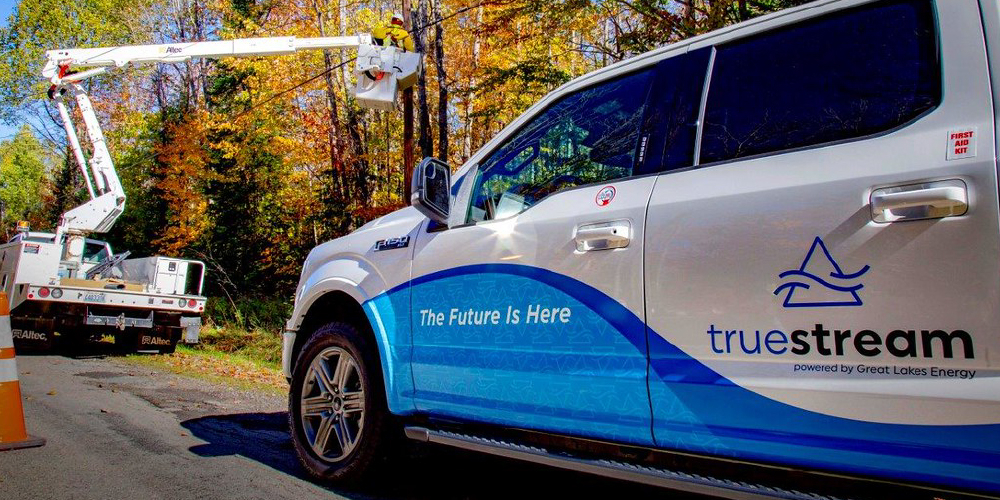
Graphic Communications is celebrating its 40th anniversary this year. In this forty years, the graphic design industry as a whole has been through a revolution. Graphic Communications has been at the forefront of it from the days of manual design and layout, including sign and truck lettering. Advances have been made that exponentially expedited the time it took to produce layouts for print and vehicles. Namely, the invention of the Macintosh computer and Adobe Software, and improvements in vinyl graphic production. As we reflect on the past four decades, we’ll also examine changes in design.
PreMac
Design and layout of images and lettering used to be a laborious and tedious process before the advent of the Mac. Some tools of the trade include x-acto knives, drawing tables, tweezers, rubber cement and solvent, and pens and pencils. The copy and paste command on a computer was executed literally. Rubber cement was applied to the back of the image or text and pasted meticulously in place, and tweezers were used for repositioning. When adding text to a printed piece a typographer was hired to print fonts of various sizes, weights, and classifications. Images were edited during the printing phase with the addition of Pantone colors. If there was a mistake in a document it was much more of an involved fix than it is today. However, triple checking our work hasn’t changed at all.

Automation In Graphic Design
Adobe Photoshop, Illustrator, and InDesign have changed the course of graphic design as we know it. All the manual design and layout processes were replaced digitally. The Mac was the machine that ran these programs, still among the most widely used layout tools today. Loads of time was saved with the streamlined production, allowing designers to focus on the creative aspects instead of production. Rather than manually manipulating photos, it became possible to do so in Photoshop. Perfect, mathematically governed shapes could be produced in Illustrator. Ads, articles, and books could be typeset and keylined in InDesign. The Mac and the Adobe Suite paved the way for how subsequent graphics would be produced. Inhaling toxic fumes from rubber cement and other chemical agents became a thing of the past. The technology wasn’t adopted right away; some major publications took years to transition from analog to digital.

Vehicle Graphic Capabilities
Vehicle graphics as we know them today got their start in the 1980s. Before that, graphics were painted onto vehicles. After KPMF invented cast vinyl films for Germany’s fleet of taxis, another revolution was under way. Initially, the cast vinyl material was unforgiving to work with. It would stick easily with accidental contact and it was too thick to be pliable enough for contoured surfaces. Over time though, manufacturers like 3M, Avery Dennison, and Oracal have developed films with air channels that made the vinyl easier to reposition while also mitigating bubbles. The air channels are created using microscopic beads that don’t pop until squeegeed, solidifying the bond. Die cutting made it possible to cut shapes of any intricacy. It took a while for printed media to catch up though. Imagery was screen printed onto vinyl; also a manual process. The electrostatic printer was invented in the 1990s, which allowed for full color printed imagery on any vehicle.

Trends Over Time
Graphic Communications has seen many design trends come and go over its four decades. The eighties was filled with futuristic colored chrome, sharp typefaces with a shadow effect, and abstract patterns. It was also wrought with shapes superimposed against patterns and loud colors. The nineties, where computers were taking their stronghold, brought with it neon colors, and a combination of psychedelic and cyberpunk motifs. Breaking the rules of graphic design— alignment, repetition, contrast, and proximity— was lauded in the nineties aesthetic. Designs had dirty backgrounds, distressed fonts, real life imagery, and cut outs. In the two-thousands, screens started proliferating through society, and a need for design for them specifically arose. Typefaces were more legible and colors were reduced to one or just a few. In the twenty-tens design had come to the clean aesthetic we see today. Microsoft helped to pioneer it through what’s become known as “flat design.” It was designed for screens, so simple, clean color palettes were chosen and rectangles with the same gutter were used either for blocks of color with type inside, or images. We’re looking forward to what the next decade brings at Graphic Communications!

